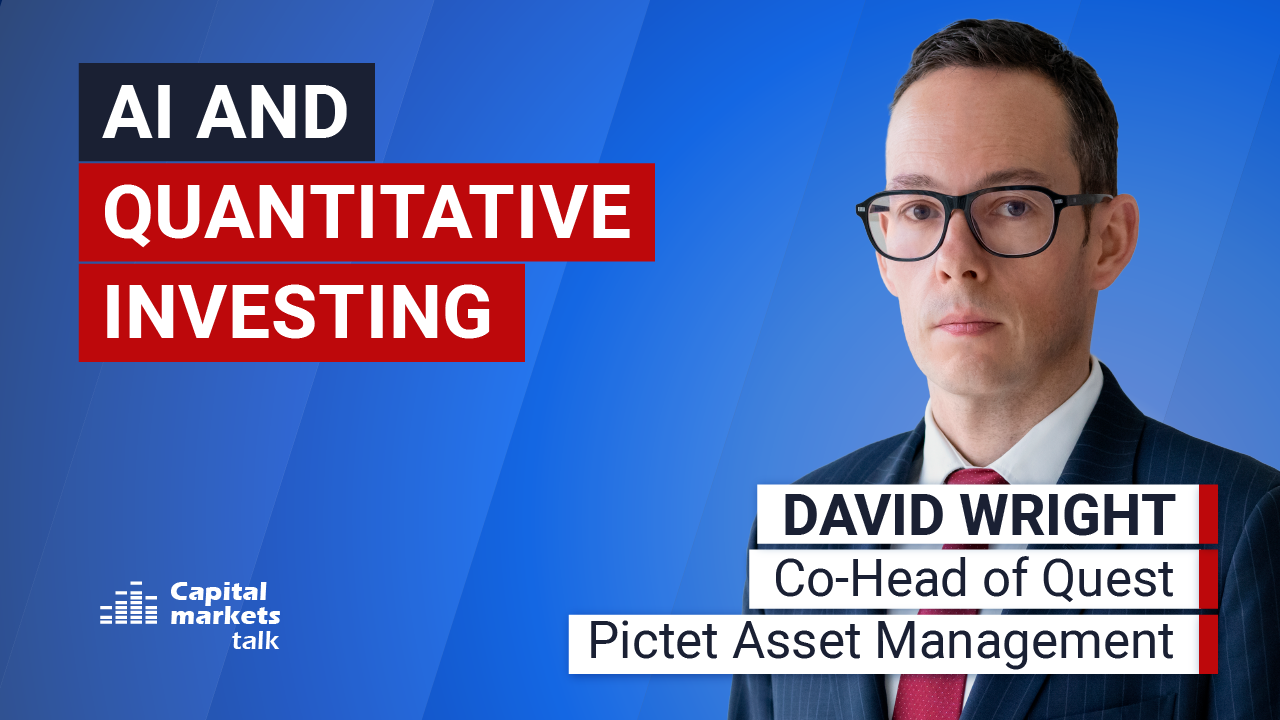The nascent China auto sector services the largest car market in the world, a region which accounts for a third of the world’s passenger car sales. It is one of the most profitable markets for global brands as well, despite the strict policies, as per Baillie Gifford.
“The introduction of state subsidies for electric vehicles (EVs) in 2009 hoped to reposition China’s auto industry and strategically reduce the nation’s long-term carbon emissions,” writes the investment management firm. In 2019, Tesla became the first foreign brand to get these incentives, which in hindsight was supposed to improve competition and catalyse innovation from domestic firms.
Elon Musk’s Tesla was reportedly sourcing 90% of all car parts locally, which exponentially improved the EV parts supplier quality and quantity. Baillie Gifford talks about CATL, Wuxi Lead Intelligent and Yunnan New Energy in its insights report.
Meanwhile, Tesla’s strong branding has seen domestic brands such as BYD, NIO, and Li Auto riding on the US firm’s success. “This may mark the beginning of more Chinese names establishing themselves in the top tier of the market – not just new EV companies but also domestic brands that had previously only been able to sell to the lower end of the market,” writes Baillie Gifford, adding that AI, semiconductors, software, and other companies are now key to the China auto industry.
While new companies such as TSMC and Hua Hong have emerged, Baillie Gifford says that the traditional auto sector must overhaul its supply chain and that the window to rebuild it won’t be open for long. “This presents a challenge. It takes time for new entrants to prove their capabilities and product durability before their qualities become recognised by the wider global industry,” says the asset manager.
View the full insight here.
Read more

Global Trade
Trump ignites global trade war / Reactions
The USA itself will be the victim of Trump’s trade policy.

Private Debt
The case for private debt in real asset financing
What makes the combination of private debt and real assets particularly compelling in today’s market?

Schroders
Looking ahead: 30-year return forecasts
Higher returns are expected across asset classes, driven by stronger productivity growth for equities and elevated long-term central bank rate projections for bonds.

Quant Investing
AI and quantitative investing
Artificial intelligence applications go way beyond stock selection.

Bellevue Asset Management
Demographics and AI drive MedTech stocks
MedTech investment case: What makes it attractive, which trends stand out?





















